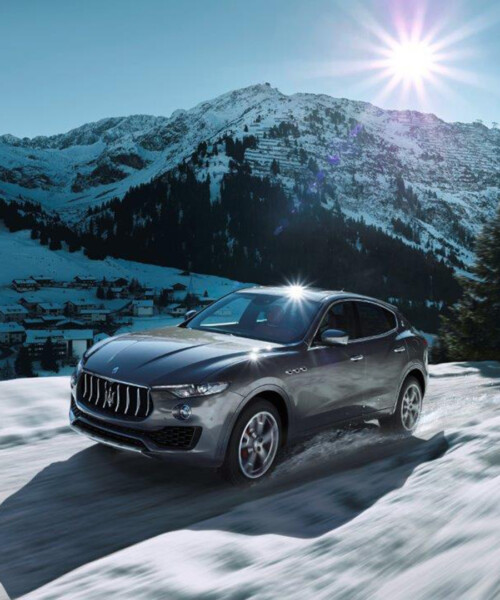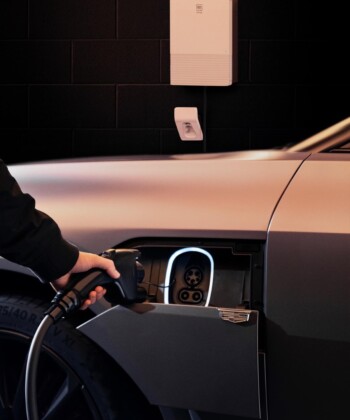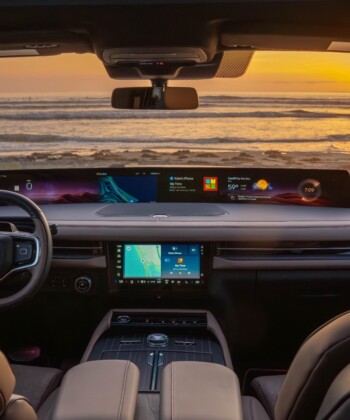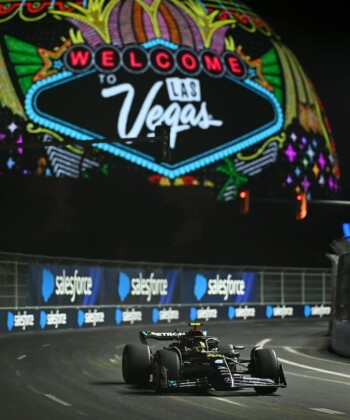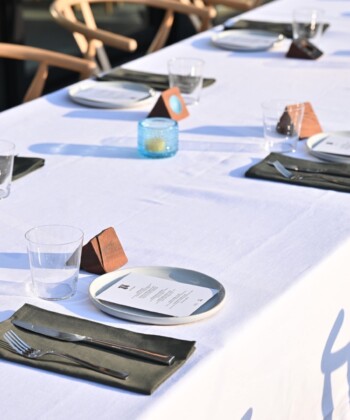Maserati has been in a transitional phase the past few years, facing the dilemma of how to sell more units without diluting the sanctity and integrity of a century-old brand. With the 2013 release of the Ghibli, a $70,000 luxury sedan, the Italian automaker ventured into uncharted waters to compete with the daily-driver likes of the BMW 5 series and Mercedes E class. To celebrate this, there was the grand and unexpected Super Bowl ad in 2014. Unfortunately, the egregious ad spend ended up being a non sequitur, and without follow-through it did little to put Maserati on the radar of car buyers.
In the time since, however, Maserati has quietly been maturing from a low-volume halo brand to legitimate competitor in the luxury segment. Though it still has some ways to go, there is a growing potential for Maserati, much like Jaguar has done in the past five years, to offer a desperately-needed alternative to the ubiquitous German and Japanese companies that have long defined the high-end market.
The two bright areas in styling and performance are signaling a promising future for the brand. First, the collaboration with fashion designer Ermenegildo Zegna went from limited edition in 2014 to an available option in all cars in 2016. And then there’s the Q4 all-wheel-drive system.
As we found out on a recent test drive of both the Ghibli and Quattroporte on a snow track in Colorado, the Q4 technology rivals the AWD systems of well-established competitors. The Q4 actively distributes torque to the front and rears wheels, but uses a “special Maserati algorithm” to favor a rear wheel drive setup (better cornering), providing torque to the front wheels when there is a loss of traction. Magic formulas aside, it adds a greater stability while minimizing the common casualties seen with the inclusion of an AWD system: loss of both fuel efficiency and maneuverability.
Earlier this month, Maserati took the natural next step in the brand’s growth to a wider audience, debuting its SUV, the Levante, at the Geneva Auto Show. Less than five years ago, Maserati was a brand with a vast history but largely ambiguous future (there’s undoubtedly a ceiling on how many +$100k Gran Tourers a company can sell). Now, with an expanding range of products, the once one-trick-pony is evolving into a serious, increasingly versatile player. Moving forward, the only trick the trident needs to master is expanding without abandoning its inherently Italian styling and performance, as the largely monotone luxury segment direly needs it these days.

























